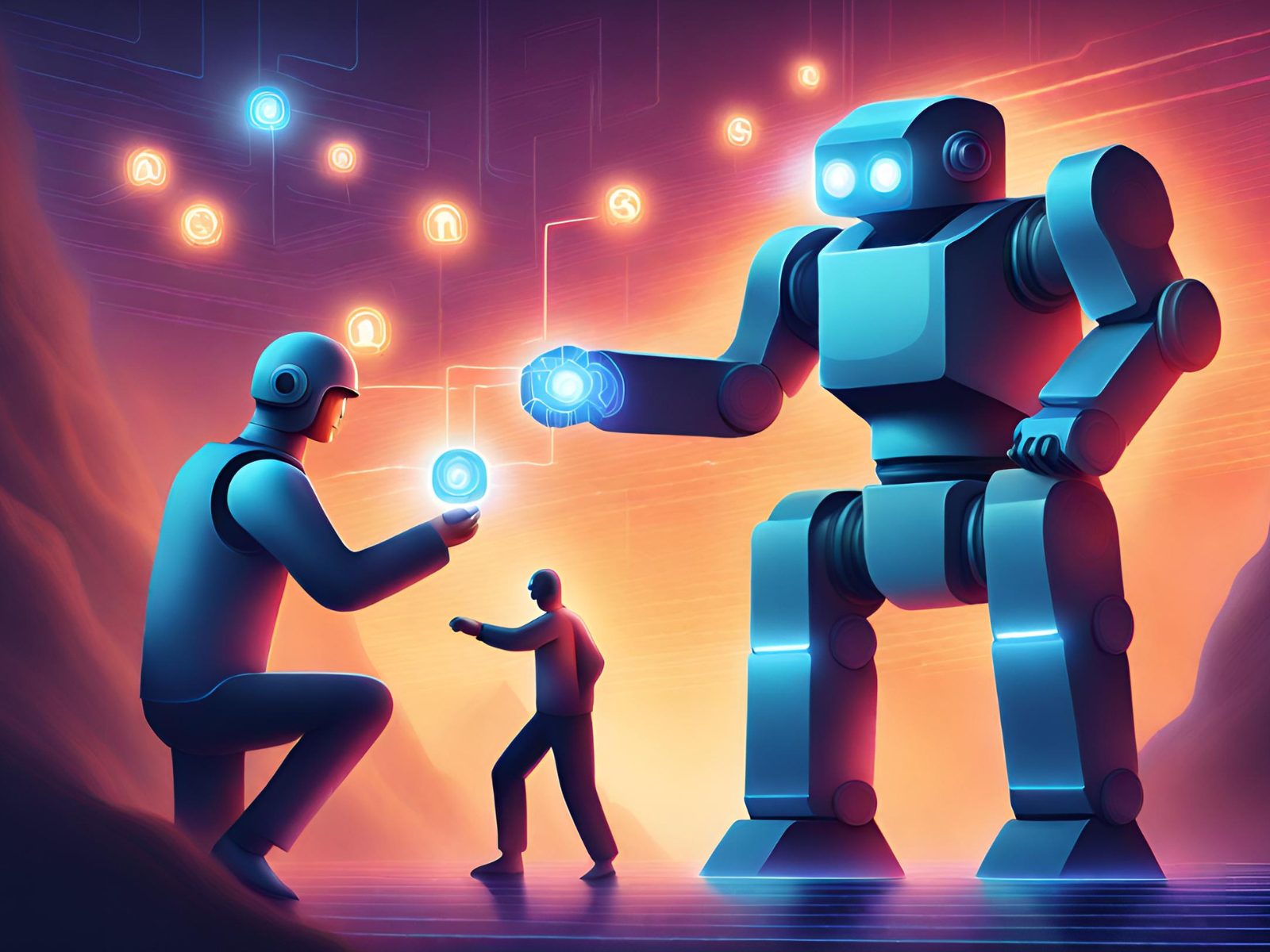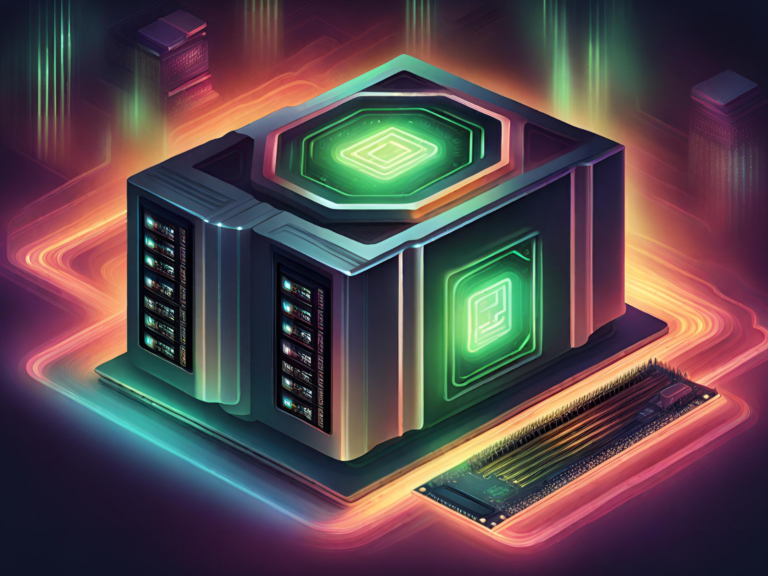What is Reinforcement Learning?
In the expansive universe of machine learning, where algorithms learn to make decisions based on data, lies a fascinating subfield that mimics the way humans and animals learn from their environment: Reinforcement Learning (RL).
Unlike its counterparts in the machine learning family—supervised and unsupervised learning—RL embarks on a unique journey towards achieving intelligent decision-making. This blog post delves into the core of Reinforcement Learning, exploring its principles, how it differentiates from other machine learning paradigms, and its profound impact on technology and society.
Understanding Reinforcement Learning
At its essence, Reinforcement Learning is a branch of machine learning that focuses on how agents (think of these as software entities) should act in an environment to maximize a cumulative reward. This concept is grounded in the idea of trial and error, where the agent learns from the consequences of its actions rather than from being explicitly taught the correct moves. The “environment” can be anything from a virtual world within a computer game to real-world settings like robots navigating a room or stock trading algorithms.
The RL Framework: Agents, Actions, and Rewards
The RL framework comprises an agent, the environment, actions, states, and rewards. The agent makes decisions, taking actions within an environment. Each action leads the agent to a new state, for which it receives a reward (positive or negative). Over time, the agent learns to take actions that maximize its cumulative reward.
The Distinction Among Machine Learning Paradigms
Reinforcement Learning stands distinctively within the trio of core machine learning paradigms:
- Supervised Learning involves learning a function that maps input to output based on example input-output pairs. It’s like learning with a “teacher,” where the correct answers are provided.
- Unsupervised Learning focuses on finding hidden patterns or intrinsic structures in input data. Here, there’s no teacher; the algorithm learns patterns through the data’s inherent features.
- Reinforcement Learning, as we’ve discussed, learns through the consequences of actions, aiming to maximize a reward signal. It’s learning based on interaction with an environment, somewhat akin to how a child learns to walk or talk through trial and error and encouragement.
Applications of Reinforcement Learning
The applications of RL are both broad and profound, touching various sectors including robotics, gaming, finance, healthcare, and more. In robotics, RL enables robots to learn complex tasks, such as walking or flying, through trial and error without explicit programming. In the gaming world, RL has been used to develop AI that can beat humans at complex games like Go, Chess, and various video games, showcasing its ability to tackle problems of strategy and planning.
Furthermore, RL is making strides in personalized recommendations (e.g., in streaming services), optimizing logistics and supply chain operations, and even in autonomous vehicles, where it helps in making decisions in dynamic environments.
Challenges in Reinforcement Learning
While RL holds immense promise, it also faces significant challenges. One of the primary issues is the need for vast amounts of data to learn effectively, which can be resource-intensive. Additionally, ensuring that the learned behaviors align with ethical and safety standards is a crucial concern, especially in applications like autonomous driving or healthcare.
The future of RL is incredibly bright, with ongoing research focusing on improving efficiency, generalization, and safety. As we advance, we can expect RL to play a pivotal role in achieving more autonomous, intelligent systems that can learn and adapt to their environments, driving innovations across various fields.
Conclusion
Reinforcement Learning represents a significant shift in how machines learn, offering a closer mimic to natural learning processes. Its unique approach to problem-solving and decision-making, through the lens of maximizing cumulative rewards, sets it apart from other machine learning methods.
As we continue to explore and refine RL techniques, the potential for creating more intelligent, adaptable systems seems limitless. The journey of RL is just beginning, and its impacts are set to reshape the landscape of technology and beyond.







